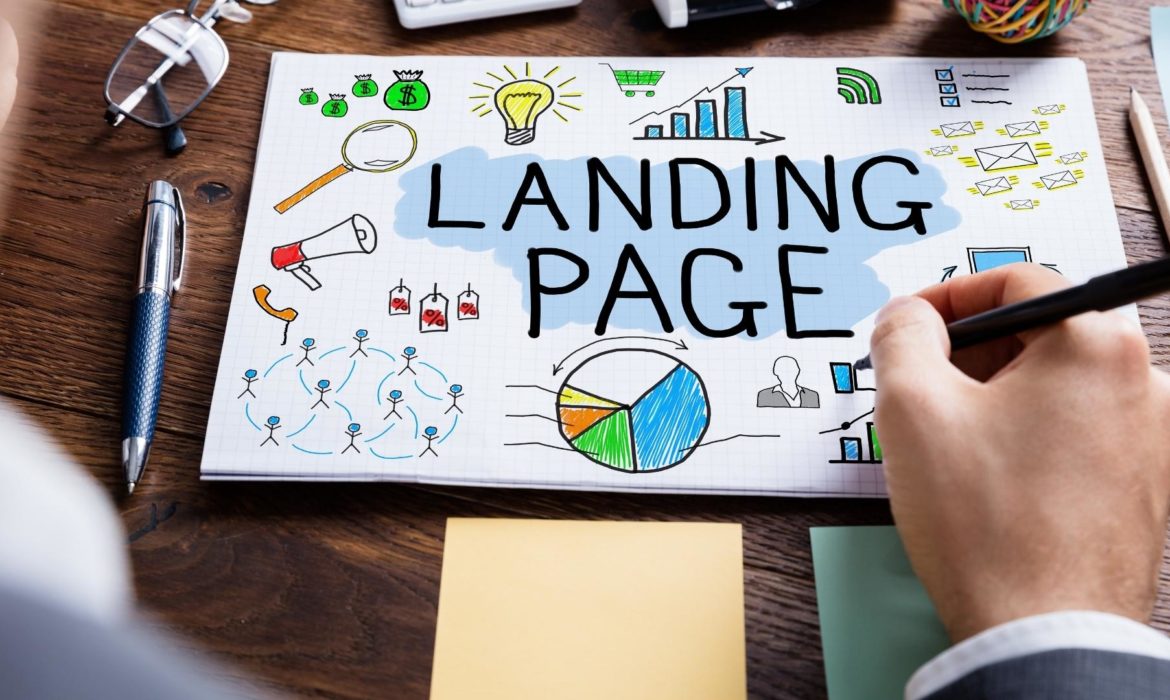We have already talked about what a landing page is and why you need it. Recall that the Landing – is a one-page site with a target action. Download the presentation, register for the conference, leave contact information. The landing page is created for a specific audience and has a clear and logical structure. The main element of the landing page is a button with a call to do something.
Today, we will tell you how to create a landing page yourself and explain what each stage consists of.
- Landing page creation: main stages
- Formulate a goal
- Analyze competitors
- Describe target audience
- Write text
- Draw prototype
- Create a landing page
Purpose: why do you need a landing page
Contents
This is the first important step in creating a truly effective landing page. Formulate the purpose of creating a landing page what its availability will bring you and your business. Having a clearly defined goal, it will be much easier for you to draw up the structure of the future site, write text, and select images. In addition, you will have a better understanding of your audience, find competitors and study their landing pages.
- The goal might sound like this:
- Presentation of a product or service
- Demonstration of your portfolio
- Brand promotion
- Event announcement
- Collection of applications and leads
- Competitor analysis
If you are not selling a unique product or service, you have competitors. Customers most likely have already studied other offers and have an idea of the market and prices. Your job is to stand out from other offers and explain to visitors why they should choose you. To differentiate yourself from competitors, you need to show why your offer is more profitable or convenient.
Expand your range. Do not look only for direct competitors – you are interested in everyone who satisfies the client’s need and solves his problem.
Let’s say you are selling flowers.
Need: give flowers to mom on March 8th.
Competitors: other flower shops, flower delivery, flower bases, grandmothers with peonies near the metro.
Or you sell online stretching courses.
Need: to be flexible, fit, and healthy.
Competitors: other courses and coaches, YouTube channels, sports apps, sports clubs.
The wider you look, the better you understand your audience, their pains, motives, and needs.
Let’s start studying competitors. There are several ways to find out about your competitors, and search engines, social networks, and contextual advertising come in handy for this.
How to analyze the market:
1.Look ads
If you search for something through the search engines, the first in the search results are the advertisements. Your competitors will use popular queries in their ads, and some of them will appear in regular searches.
Use Google Keyword Planner. Enter a phrase describing your product and services to show the most popular queries on this topic.
2.Search in Google
Open search engines and try to find similar products. For example, custom-made kitchens. Examine 2-3 SERPs to get an idea of your competitors and their services.
3.Search on social networks
Your competitors may not have a website. Many stores do not make a landing page because they only work through social networks. Courses can be found on Facebook and beautiful products (for example, flower delivery) on Instagram.
Now create a table with a list of competitors. Chances are, your potential customers have already looked at other offers, studied the market, and have some idea of the value and qualities of other sellers.
The comparison chart will help you see your strengths and weaknesses against the background of competitors. Based on this, it will become clear what doubts buyers may have, what strengths are worth highlighting and what reasoning to prepare for the weak.
Write down everything you like and dislike about their sites, writing, presentation, visual content, and the product itself. Use these notes to create your landing pages.
Highlight your weaknesses. These are points on which the client may have doubts. Why is the price higher than that of competitors? Why is there no courier delivery? You will later work through these objections on the landing page.
Read More: What Is Bounce Rate and How to Reduce It
Target audience analysis
The target audience is people who might be interested in your product or services. You will refer to them on your landing page. People in the target audience are united by common characteristics – gender, age, education, place of life, interests, etc. For example, for courses on preparation for the Unified State Exam, the target audience will be graduates and their parents.
The same product can have different values for people. Different arguments will be relevant, and objections and doubts will also differ.
If you try to fit all the arguments on one landing page, the information will be too general, and the page will lose accuracy. It is better to single out two or three segments, make a landing page for each group, and formulate a relevant proposal.
How to study your audience and find segments:
look for thematic groups on social networks;
look at the participants and try to understand what they have in common
study reviews and cases on competitors’ websites;
Check out the discussion on the forums.
Your task is not just to understand your potential buyer’s age, gender, and geographic location but to find out how he lives, what is important to him, and what benefits your product will bring him.
When reading reviews and forums, please pay attention to what customers liked and were unhappy with, where doubts or questions appeared. You will use these insights in the next step – writing strong copy for a future landing page.
Write landing page text.
We have already formulated a goal, analyzed competitors and the audience, divided it into segments, thought over the argumentation, and highlighted where doubts or questions might arise. After going through all the previous steps, we have prepared a base that will help you write a logical, structured, and strong text for your landing page.
How to write text for a landing page:
- Come up with a structure.
- Write an offer
- Write text
- Optimize it
1.Make up the structure
Text with a built-in structure is easily perceived, remembered by the user, answers questions and smoothly leads to action.
Take the characters’ questions of your target audience, and group them according to meaning. Add a story about yourself and an offer, describe its essence in a few sentences.
This is the structure you can get:
Landing page header – company name + logo.
Offer is the essence of the offer.
Who is it for to tell when a product or service will be useful?
Features – product description, detailed information about its benefits.
About the company – tell us why you should be trusted.
How it works – explain the mechanics: for example, a client leaves a phone number, and the manager calls him back at a convenient time.
How much – name the price, tell about free content or trial options.
Frequently Asked Questions: Remember when you watched what customers were asking competitors? Answer these questions and objections here.
A call to action is a form of purchase or subscription.
2.Write an offer An offer.
It is a unique selling proposition. He tells the essence of your product or service explains its purpose and benefits. The sales proposal must be specific and understandable.
To write it, answer the questions “What is this?” and “Why is this necessary?” Take your greatest strength and put it in your offer.
For instance:
Fresh peonies. Polite couriers and delivery within an hour in Moscow
3.Write text
When writing the text for the site, avoid cliches and biased assessments. Write about facts in simple words, without bureaucracy. Answer questions, provide evidence, reveal numbers, if possible. Tell us about the production, about the team, show the photos.
Do not write directly to the site. Make a draft in Google Docs or Word, show it to colleagues, friends, or acquaintances. Try to find people that fit your target audience. Ask them if they liked the text, was easy to read, if everything was clear, or any questions. Edit the text, change the wording, and delete unnecessary things.
4.Optimize Text
SEO is an essential component of your website’s success. An optimized website is much easier to find on the Internet. There are two types of optimization: text optimization and technical optimization.
Optimization of the text is adding keywords and phrases to the text. According to them, users search for goods and services on the Internet. Use the Yandex selection of words or Keyword Planner from Google to collect these keys.
Put keywords in headings and at the beginning of paragraphs. This will make them more visible to search engines. Pick the 5-7 most popular keywords and add them to your text. The more often. All the better. However, if the text starts to look unnatural, delete it.
Technical optimization affects the correct indexing and ranking for search robots. This makes it easier for them to get to the site and index it. The better a site is indexed, the easier it is to find it through search.
Optimizing your cloudretouch site is straightforward; the setup process is broken down into simple steps that require no special knowledge. Find out about SEO opportunities here.
Draw a prototype
Before creating a landing page, it’s important to sketch out a prototype. Imagine that a prototype is a diagram that reflects everything contained inside: structure, images, text, links.
The prototype will help you arrange the site’s content and not forget anything. Suppose that the section with reviews will necessarily contain photographs of customers, and after the story about the production, there will be videos from it.
Thanks to the prototype, you will see how logically the elements are arranged, go through the user path and understand whether it is convenient to follow such a scenario or whether it is better to swap blocks.
There are several options for prototyping.
Special programs. For example, Axure, InVision, Figma, and a dozen others. Designers use them to build and test sites, programs, and applications. Suppose you are familiar with similar programs, great. If not, move on to the next option.
Pencils and paper. To imagine how the landing page will look, a picture is enough. With the help of the eraser, you can easily “delete” unnecessary elements and change the title.
In the end, you will receive a sitemap, where all its elements will be schematically reflected. Such a draft is much easier to make changes, it can be shown to friends and acquaintances, and opinions on its convenience and persuasiveness can be collected.
Landing page creation
The last and most interesting step is to move your website from paper to online. The cloudretouch Website Builder offers 500 design templates. For example, a template for a landing page for a bar, a landing page for a startup, and a landing page for a webinar. Choose a suitable layout, change the logo company name, add your images and text, and the site is ready. With prepared content, you can create a landing page in one day.
Figured out how to create a landing page yourself? Check out some of the best Landing Page examples created by cloudretouch users in 2022 for inspiration.
Read More: How to place and use paper studio backgrounds in photography





